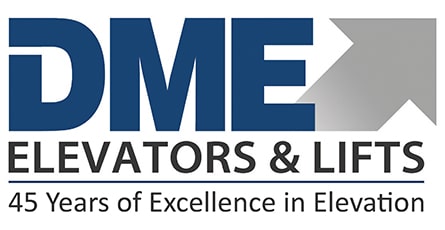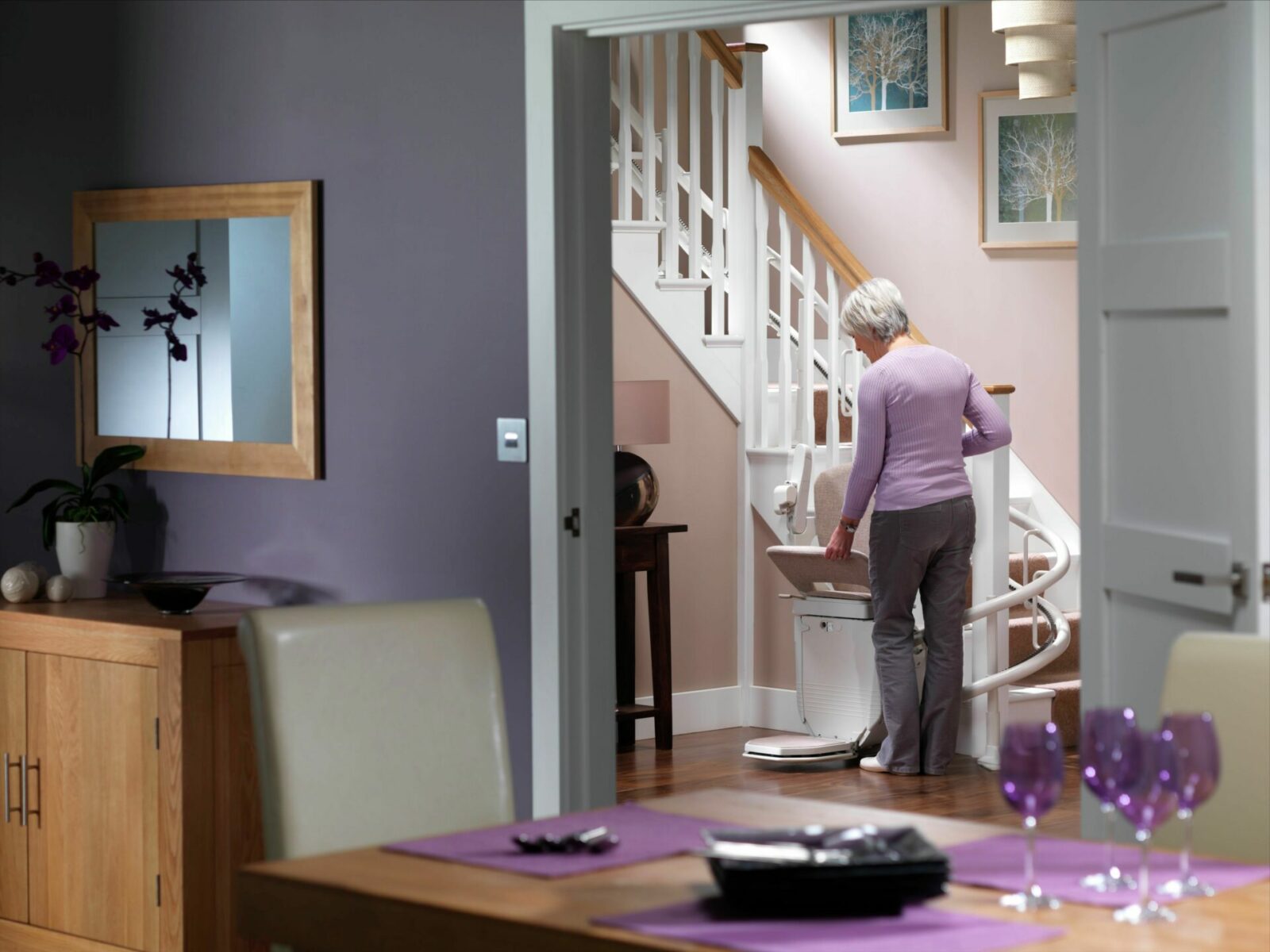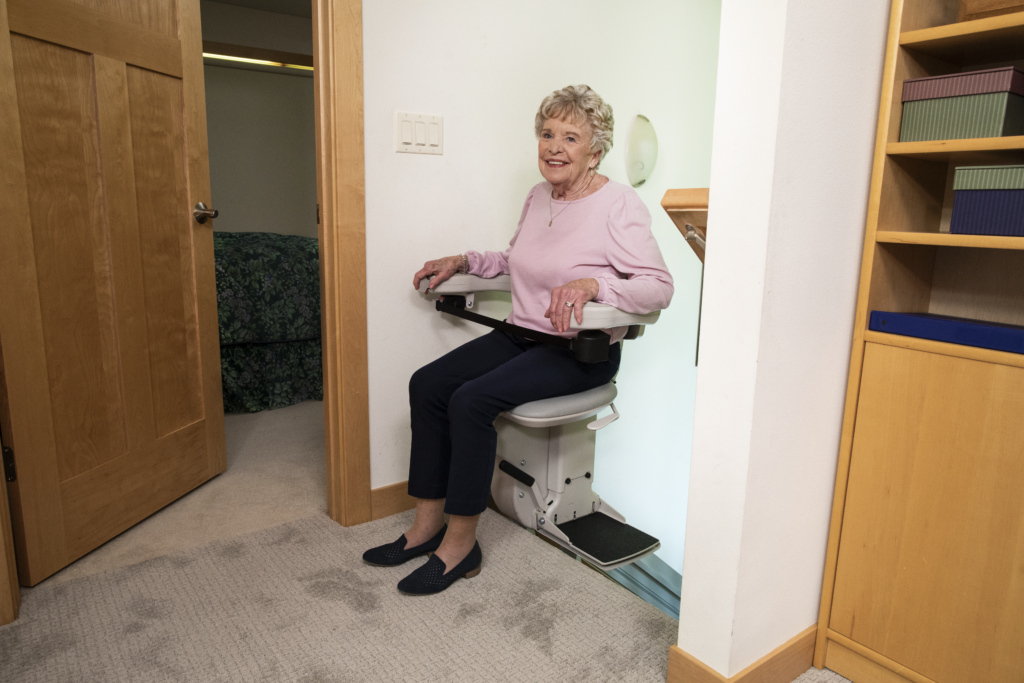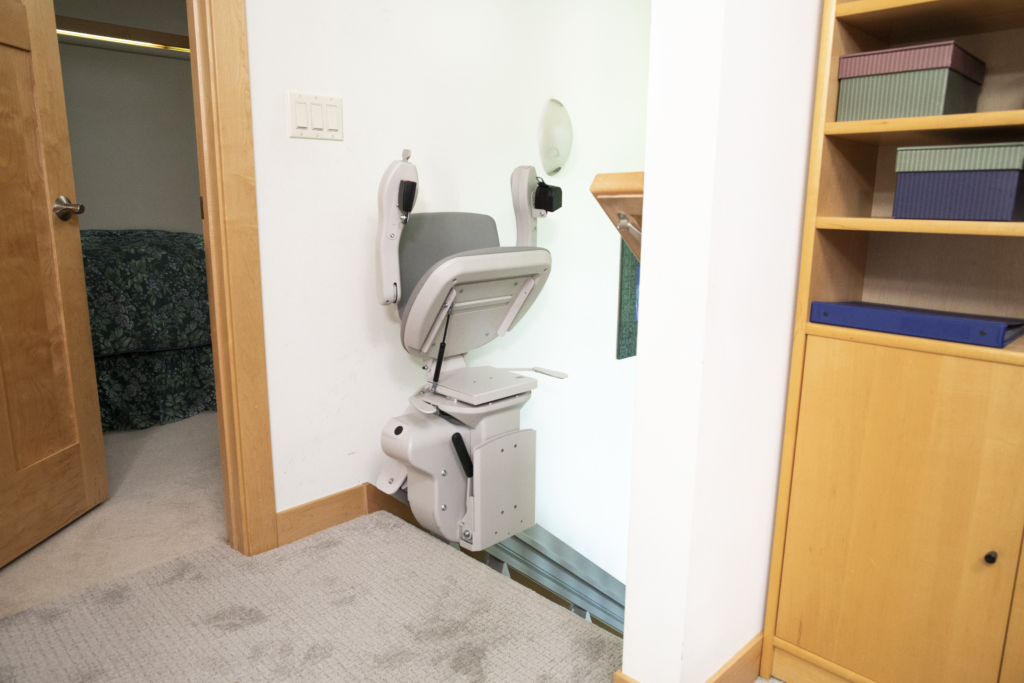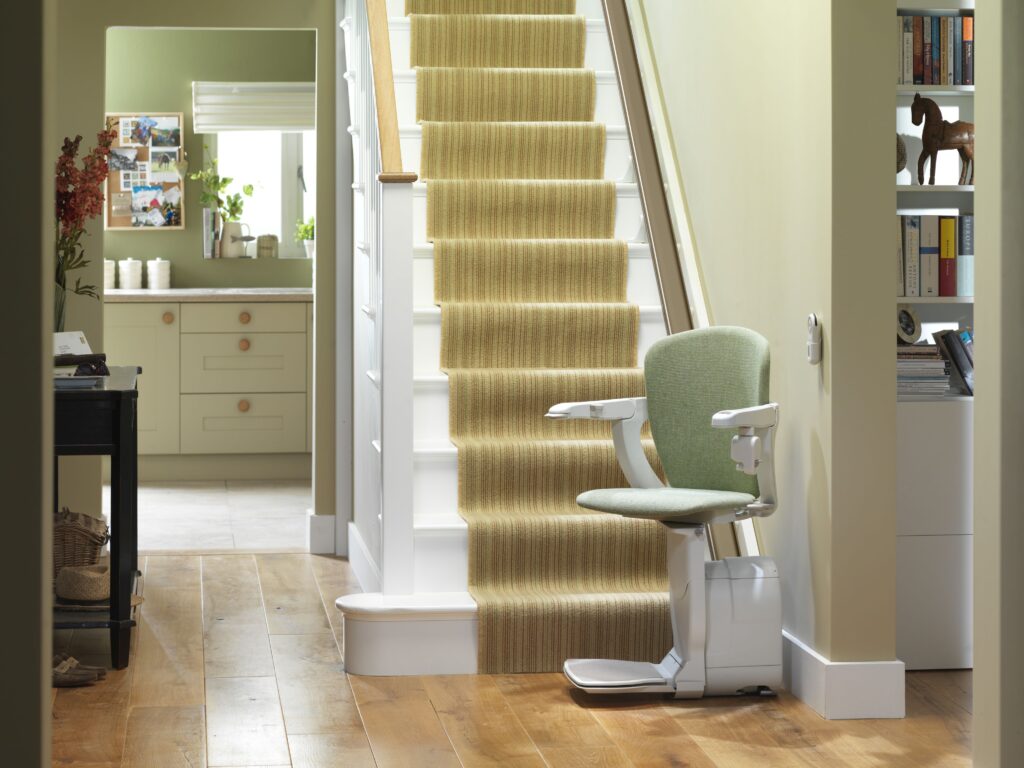Stair lifts are one of the most popular accessible home modifications that can help seniors and people with limited mobility reach every floor of their homes. Stair lifts are very reliable and simply require routine maintenance to ensure they are safe and ready when you need them most. But like any mechanical equipment, they can sometimes malfunction and develop issues over time, making stair lift troubleshooting essential. The good news is that stair lift problems usually have quick fixes. They have been designed to be user-friendly. Many things could cause a stair lift to not move up or down and some are created purposely to protect your safety. You might need to simply lower the armrests or replace the batteries.
If your stair lift is not working, follow these troubleshooting tips for the most common issues. For persistent issues, contact a professional service technician to determine whether you need a stair lift service call.
Common Stair Lift Issues and How To Troubleshoot Them
Stair Lift Won’t Move
- Check the key switch, if applicable: If your stair lift won’t move, the first thing you should do is check that the key is in the correct position and inserted fully. Depending on your stair lift model, the key switch is either located on the top landing chassis side or the lower front cover of the chair’s armrest. Once you’ve found the key switch:
- Turn the on/off buttons on the chair arm.
- Remove and reinsert the key, making sure it’s in the correct position.
- Check the power supply: If your lift isn’t receiving power, you can:
- Check if the power supply of the lift is plugged into a working outlet.
- Plug another small appliance into the outlet to see if it will power something other than the stair lift. If the outlet is getting power but appliances don’t work when plugged in, there’s something wrong with the outlet.
- If the outlet has a ground-fault circuit interrupter (GFCI), check if it needs to be reset.
- Check to see if a circuit breaker has been tripped.
- Make sure the master switch is turned on: This switch is usually on the stair lift “carriage,” which is the part underneath the seat that rides up and down the rail. Make sure it’s in the on position, on some models “I” indicates in service, and “O” indicates out of service.
- Make sure the battery charger is plugged in: If your lift was left unplugged for a long time, the batteries might have drained. Plug the battery charger into the wall outlet to see if it will recharge the batteries. Allowing the unit to charge overnight before attempting to use it is suggested. Also keep in mind the typical lifespan of batteries is 3-5 years, maybe it’s time for a replacement.
Stair Lift Stops Midway or Beeps Continuously
- Make sure nothing is blocking the safety sensors/pressure switches: Toys and other household items can block the path of your lift. Check to see if there are any obstructions in the lift’s path or the footrest. Tap on both sides to confirm whether the footrest is working properly. Stair lifts come with safety sensors on the sides and bottom of the footrest, as well as the sides and bottom of the carriage. They’re metal or plastic panels that, when pressed, stop the stair lift from moving to prevent pinching or crushing hazards, so your lift won’t work if the underpan sensors detect any obstructions. On some models, the display will indicate which sensor was triggered.
- Check for obstructions on the track: The rail can also be easily obstructed by small objects. The rail needs to be kept clear at all times. It could be something as small as a piece of carpet that is causing an obstruction.
- Make sure the seat is swiveled into the proper riding position and locked into place: If your seat is swiveled toward the landing, the lift won’t work, and it may beep to alert you of the problem. Switch the chair back to its riding position, and you should hear the mechanism “click” to lock it back into place.
- Lower the armrests: For your lift to operate properly, the armrest must be in the folded-down position. If they’re up, on some models a safety switch will be triggered and prevent your lift from going up and down.
- Get familiar with noises coming from your stair lift: Beeping noises could mean that a safety sensor has been activated or there’s been a drop in power. Different noises can mean there’s something wrong with the circuit, there’s a loose connection, or the lift needs new batteries. On some models, your lift might make short or long beeps or a combination of beeps and chirps. Consult your owner’s manual that came with the stair lift for troubleshooting. Or write down the sequence of the beeps and consult with your service technician so they can easily diagnose.
